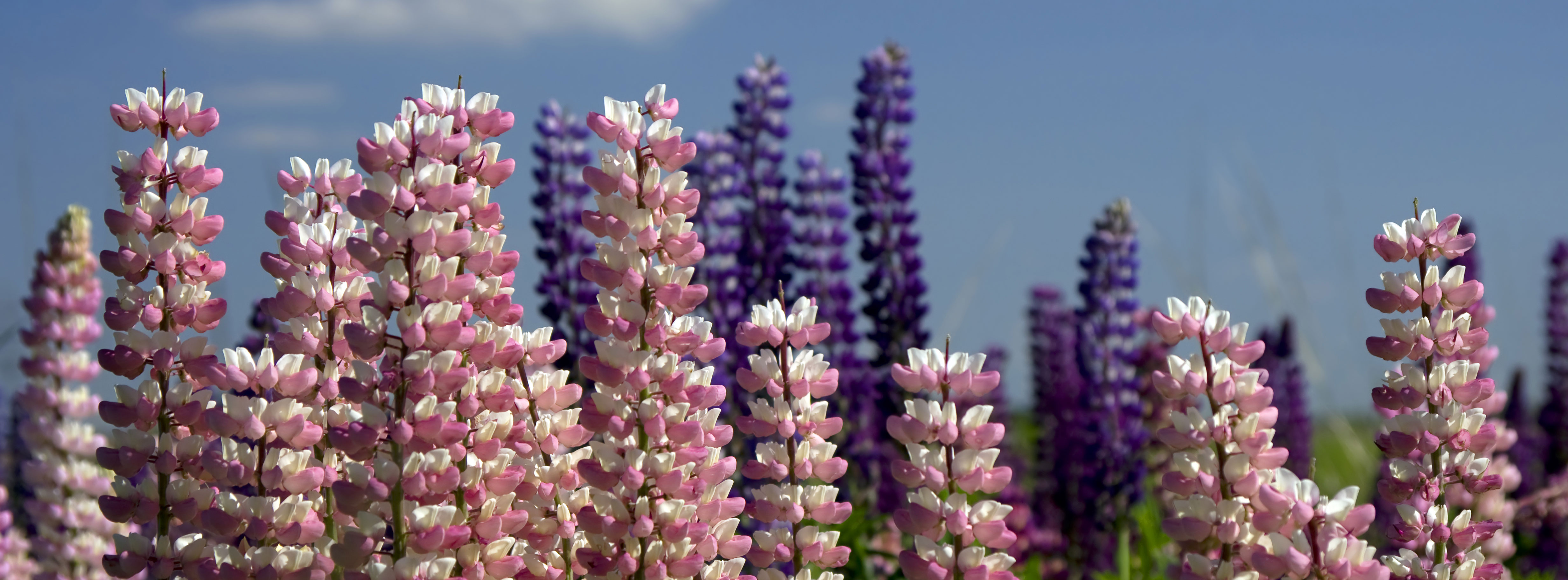Still jetlagged from my flight home from Paris, I sat down on the couch to read a book. My five-year-old brother, Jason, quickly crawled into my lap and opened up a thin purple book he had checked out from the library. It was titled Miss Rumphius.I began reading about Alice, who lived in a harbor town dotted with snow-covered, brick buildings. Alice’s grandfather was an artist in the town and she loved listening to his stories as they painted in his basement shop. Jason, intently focused on the words, flipped the page and I read, “In the evening Alice sat on her grandfather’s knee and listened to his stories of faraway places. When he finished, Alice would say, ‘when I grow up, I too will go to faraway places, and when I grow old, I too will live beside the sea.’
‘That is all very well, little Alice,’ said her grandfather, ‘but there is a third thing you must do.’
‘What is that?’ asked Alice.
‘You must do something to make the world more beautiful,’ said her grandfather.
‘All right,’ said Alice. But she did not know what that could be.”
Like Alice, it was a story that made me broaden my horizons. I was reading Anne of Windy Poplars by L. M. Montgomery when Katherine Brooke, an orphan and poor teacher, remembered an old picture from her childhood saying, “It was a picture of palms around a spring in the desert, with a string of camels marching away in the distance. It literally fascinated me. I’ve always wanted to go and find it . . . I want to see the Southern Cross and the Taj Mahal and the pillars of Karnak. I want to know . . . not just believe . . . that the world is round.”
Since first reading those words as a child, I have dreamt of faraway places and saved my pennies until I could board a plane for the first time. Deplaning 13 hours later, each step was the impetus of a new adventure: including being chased by a goat on England’s Scafell Pike, skinny-dipping in the English Channel off the Isle of Wight, and dancing to Paris bands on the Rue Saint-Antoine. Another trip brought me face to face with a sea turtle in Hawaii’s Hanauma Bay and the reverent resting place of almost 1,000 souls at Pearl Harbor. Yet, it was upon coming home and reading Miss Rumphius to my little brotherthat I finally realized that seeing the world and returning home were only two-thirds of the story.
As I continued reading to Jason, I read that Alice, now known as Miss Rumphius, took her adventures to faraway places, finally returning to a little house by the sea. “Miss Rumphius was almost perfectly happy,” I read.
“‘But there is still one more thing I have to do,’ she said. But what? ‘The world already is pretty nice . . .’”
Being a part of Stowaway,I have had the unique chance to make my adventures come to life on the written page. By recording the intricacies of culture and travel, the Stowaway staff is attempting to take our experiences and create a more whole and lovely world picture for others. And whether you’re at home waiting to begin your adventure, traveling to your own faraway places, or home again having just returned, this issue of Stowaway hopes to inspire you to dream bigger, go farther, and dig deeper.
In this issue you’ll hear Megan Nelson’s dream-come-true adventure working in Africa with Jane Goodall (page 70) and how Alexis Jensen found her perfect collection of stories in a town nearly made of books (page 60). You’ll be transported to places you haven’t yet dreamed of, like the Kakslauttanen Arctic Resort in Finland (page 16) or the cat cafés that invite the quirky and cuddly adventurer (page 63). And you’ll learn how to dig for extraordinary experiences like Juan Pinto who became an archaeologist in Petra (page 20) or by simply moving underground to what lies beneath the typical tourist radar (page 92). But above all, here at Stowaway we hope that our stories will not only inspire new dreams and adventures, but also move you to “do something to make the world more beautiful” when you return home again.
—Natalie Cherie Campbell
Managing Editor



I love the insights on travel that these letters from the editor provides.